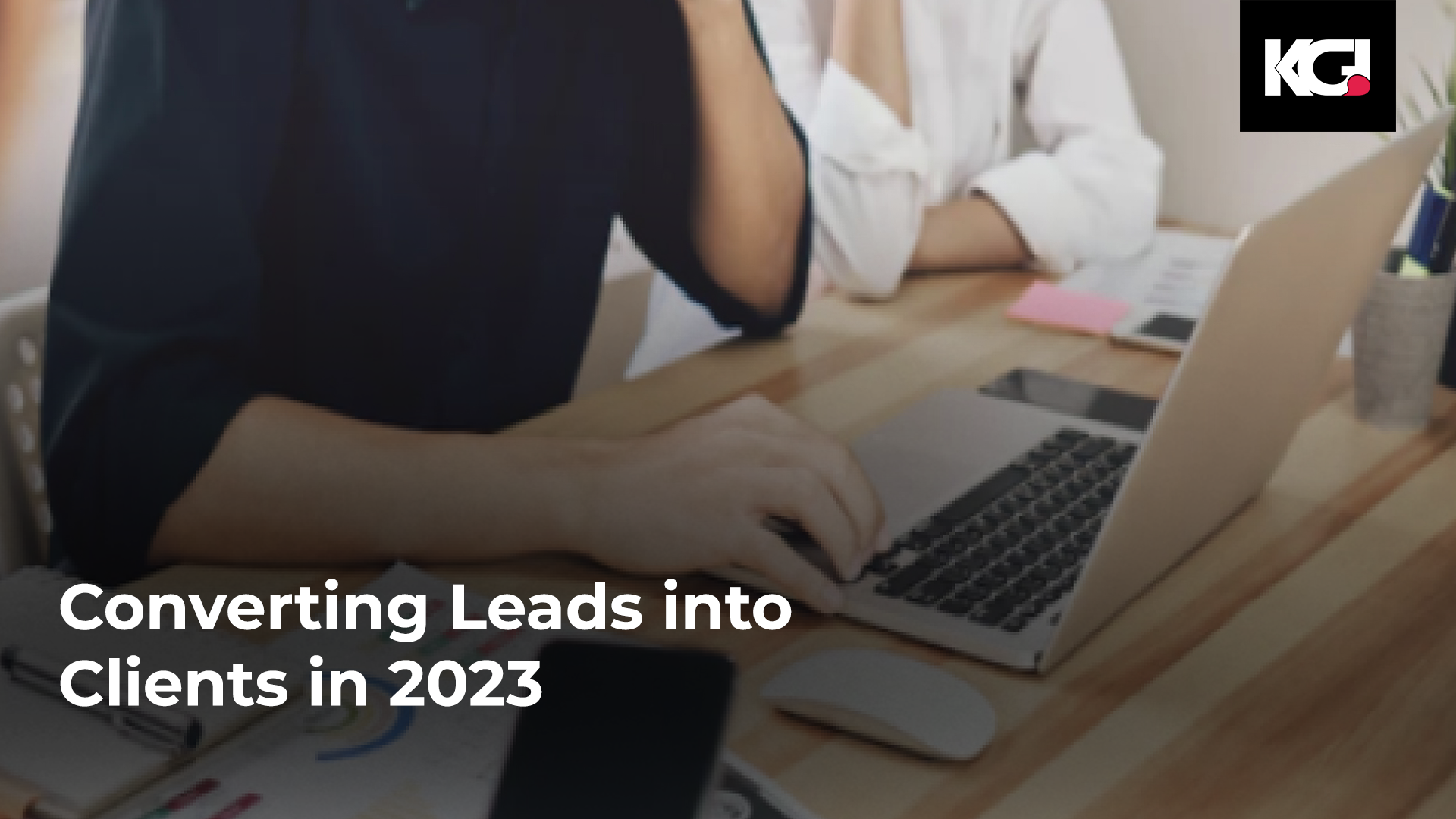Improving lead generation and retargeting for B2B and in many instances B2C, is crucial for marketers who are starting dedicated campaigns or having site visitors but aren’t getting the conversion rates they would want.
If you are using any sort of content or digital marketing campaign, social media marketing strategy or an email campaign to keep active leads engaged, retargeting is a phenomenal addition. You must keep in mind that potential buyers are continuously doing their due diligence, to thoroughly research all their available options.
One of your most valuable audiences is website visitors, yet all too often, we don’t do enough to drive conversions. People frequently don’t complete lead forms on their first visit. But that doesn’t mean they are not interested; it can just mean they are not ready. By following up potential clients on every touch point, you keep your brand top-of-mind and create additional opportunities for conversions.
The creation of new leads and the conversion of those leads into paying customers can be perfected by retargeting. Typically, when someone fills out a lead form, he or she researches before making a purchase. Online research and comparison shopping are probably used extensively during this procedure. Retargeting will help you turn existing leads into happy customers by helping you stay at top of their minds along that process.
The Lead Generation Process
The lead generation process, can go through three transformational stages. The first, is the information qualified lead (IQL). In this phase, the buyer’s journey starts. A business ought to provide value in exchange for personal information like a person’s name, email address, location, etc. regarding a subject pertinent to their inquiry. It is also known as the “cold lead” stage.
The second, is the marketing qualified lead (MQL). At this point leads are at the centre of the sales funnel. Potential buyers continue to show interest in a business. Prospects often seek for a solution once they have identified the issue. A “warm lead” is another name for this category.
The third, is sales qualified lead (SQL). Leads in here are at the bottom of the funnel; Buyers now indicate that they are ready to take a decision. Another name for it is a “hot lead.”
To further elaborate how leads function, it is important to understand their types. Leads can be defined in two ways:
Inbound Leads
With inbound leads, a potential customer shows interest in your business or service by clicking a link, leaving a comment on a blog post, or filling out a form on a landing page. Of course, this is the ideal situation to be in, but getting there involves planning and effort. You need to know first, who is going to be looking for your content?
To find out, you need study the buyer profiles, bearing in mind that not every one of them will be interested in the same kind of content. Once content is created and published, impact evaluation and measurement is needed to understand what is getting the most engagement.
Outbound Leads
Outbound leads are all about reaching out to your target prospect group directly through multiple means with a message advertising your business, service, or product. For instance, direct email marketing delivers a tailored message about a service or product to highly targeted prospects, in many instances, based on their pain point.
Additionally, the content sent across has to demonstrate how you can help your prospect by establishing you as a trustworthy advisor. There are certain draw backs. Cold calling or sending out mass emails to people who aren’t even a target market can have a market blowback. By employing these tactics, and many do, there is a high risk that your company or service will be perceived as spammer, damaging your reputation and wasting resources, without tangible results in lead conversion.


